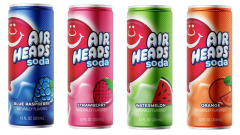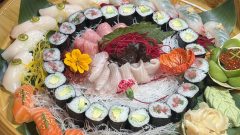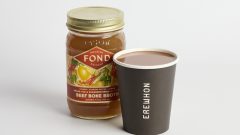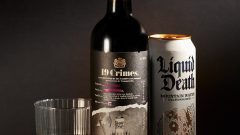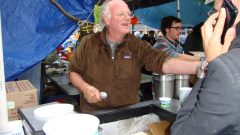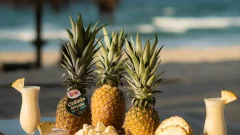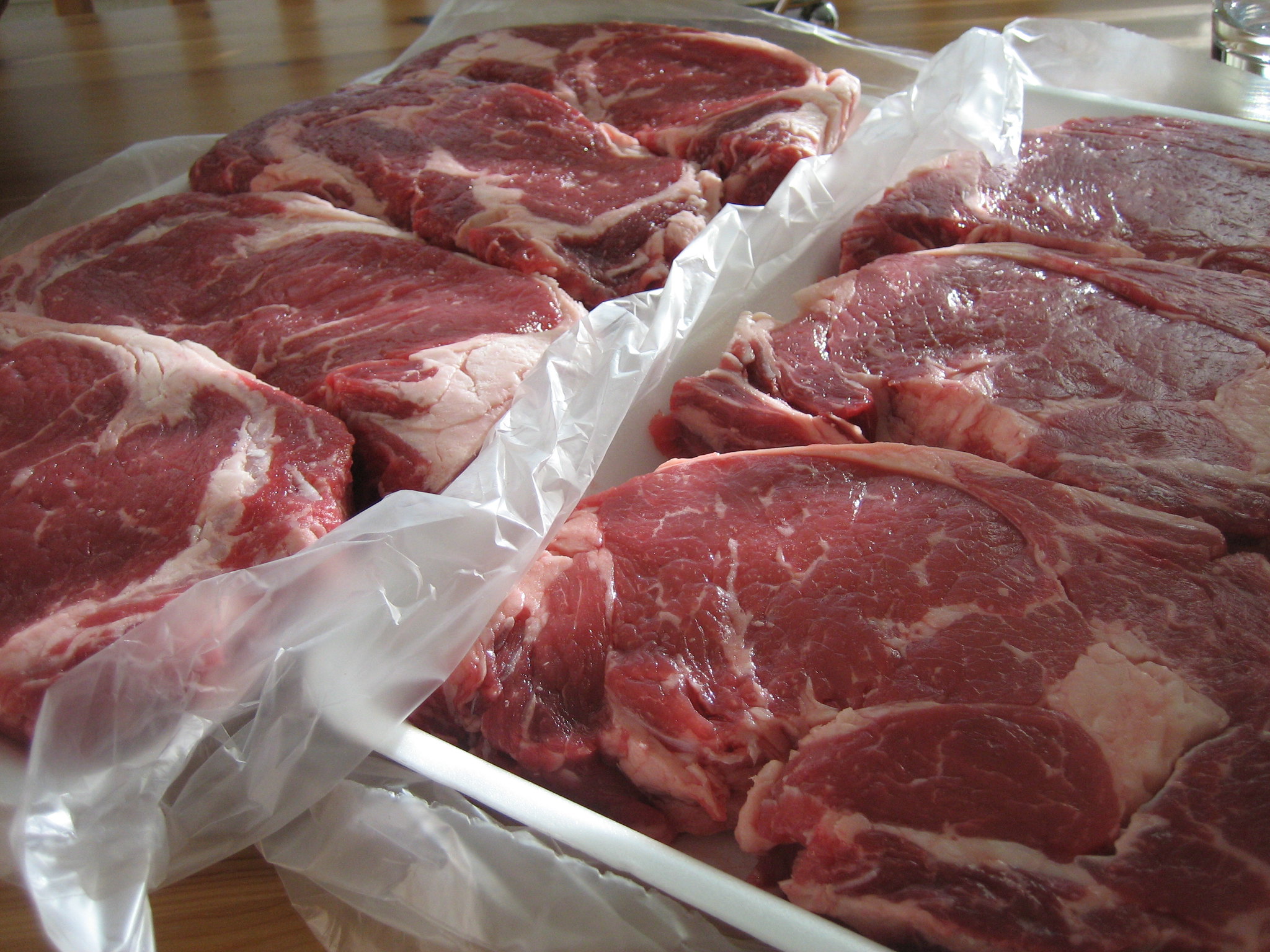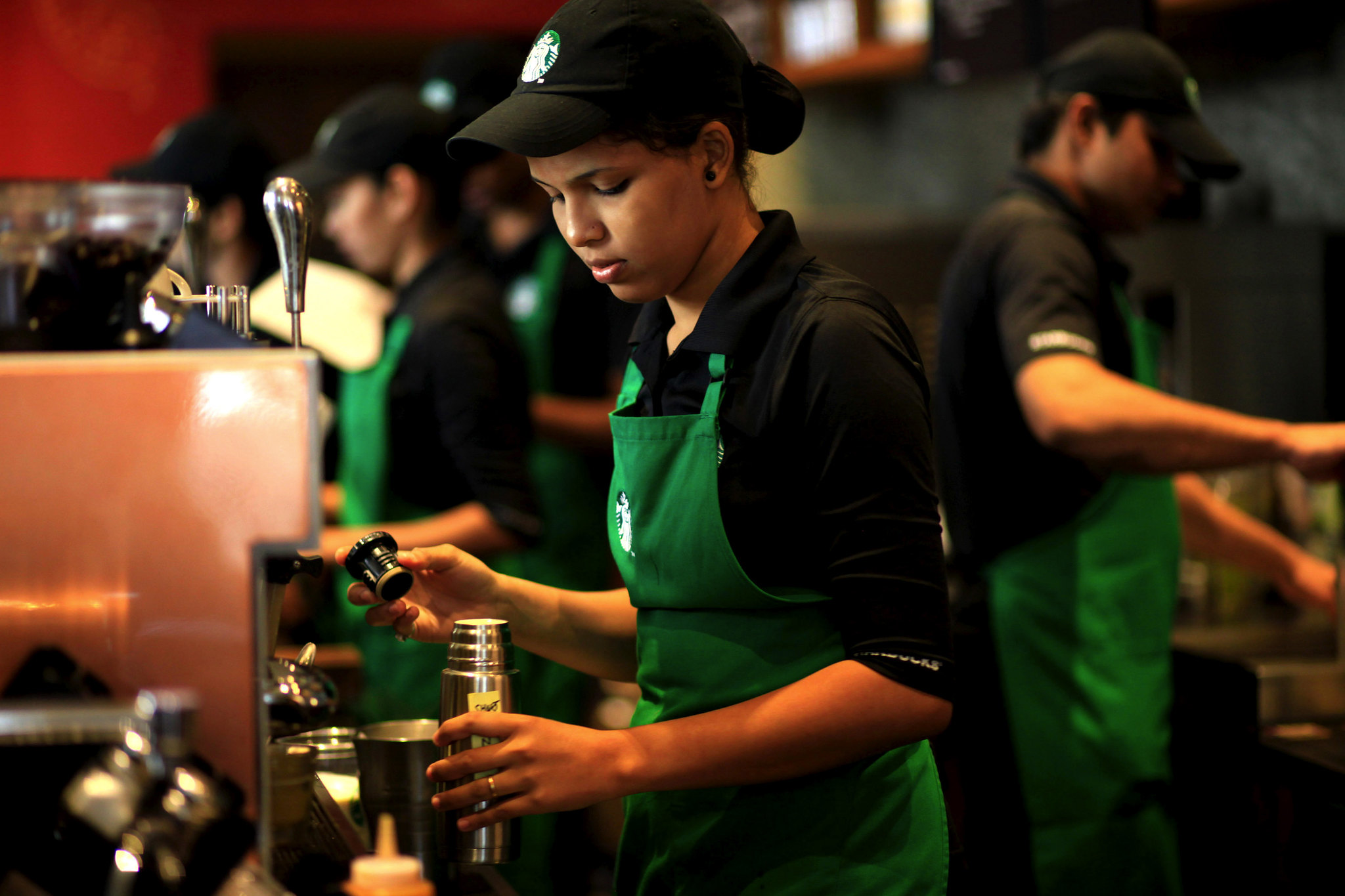Here Are The Essential Ingredients In 11 Of Your Favorite Alcoholic Beverages
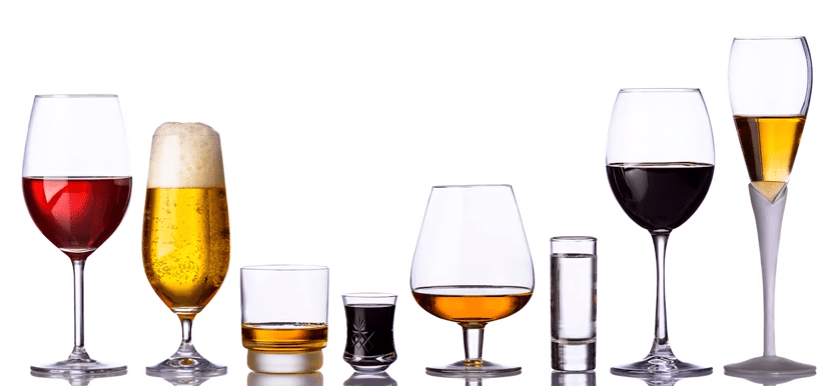
Who doesn’t enjoy a fun, responsible night of drinking with your friends? While you’re having a good time with the squad getting your drink on, something you may have wondered is how your booze got made in the first place and where it comes from. With tons of different potential sources of fermentation to create different alcoholic beverages, it can definitely be confusing.
Luckily, YouTube channel TRUE FOOD has created a mini-guide to get you started on some of the most popular drinks out there. If you ever wanted to know where beer, whiskey, brandy, rum, vodka, gin, and tequila came from, you’ll get your answers from the above video.
Additionally, we thought we’d throw in a few extra spirits that have begun to gain popularity across the United States. That way, the next time you go out and have one of these trendy beverages with your friends, you can impress them with your fun knowledge (and maybe even draw the interest of someone across the bar, if you catch my drift).
Mead

Photo: Marco Verch (Wikimedia Commons)
This medieval ale has been making a comeback over the past few years, but it’s also the oldest alcoholic beverage in the world. The “honey wine,” as it’s often called, gets that alternative name from the fact that it’s made from fermented honey. That makes it a pretty sweet taste of history.
Mezcal

Photo: Paul Sableman (Flickr)
Like tequila, this smoky spirit gets its start from the harvested core of an agave plant. But while the core gets steamed to produce tequila, roasting it in an earthen pit that’s filled with lava rocks, wood, and charcoal instead creates the smoldering, delicious profile you’d expect from a mezcal. It’s a little more complex to make, but the flavor and buzz are definitely way more worth it.
Rosé Wine

You might be thinking that rosé is just another wine, so it’s made from grapes. Nothing too special about that, right? Well, there’s actually a variety of methods to make this upscale and hype alcohol, most of which involve getting the grape juice away from the skins as soon as possible. Removing grape skins from the process early imparts less color into the wine, giving it the pinkish tinge we all desire. Of course, there are some that are simply made by mixing red wine and white wine, but that honestly seems a little bit like cheating.
Sake

Two important ingredients go into the making of sake. Since sake is known as a Japanese rice wine, you’ve probably already guessed what the first one is. The second ingredient is the spores of a yeast known as koji, which is also used in the fermentation process for soy sauce and miso. The resulting liquid is wildly popular as sake bombs or just regular shots in the US and Japan, while the leftover fermented rice, which can also go by the name koji, can be used for marinades to help impart a sweet-savory flavor. That special koji yeast is what makes all the difference in both products, creating an unforgettable umami base as well as a delectable fermented drink.


